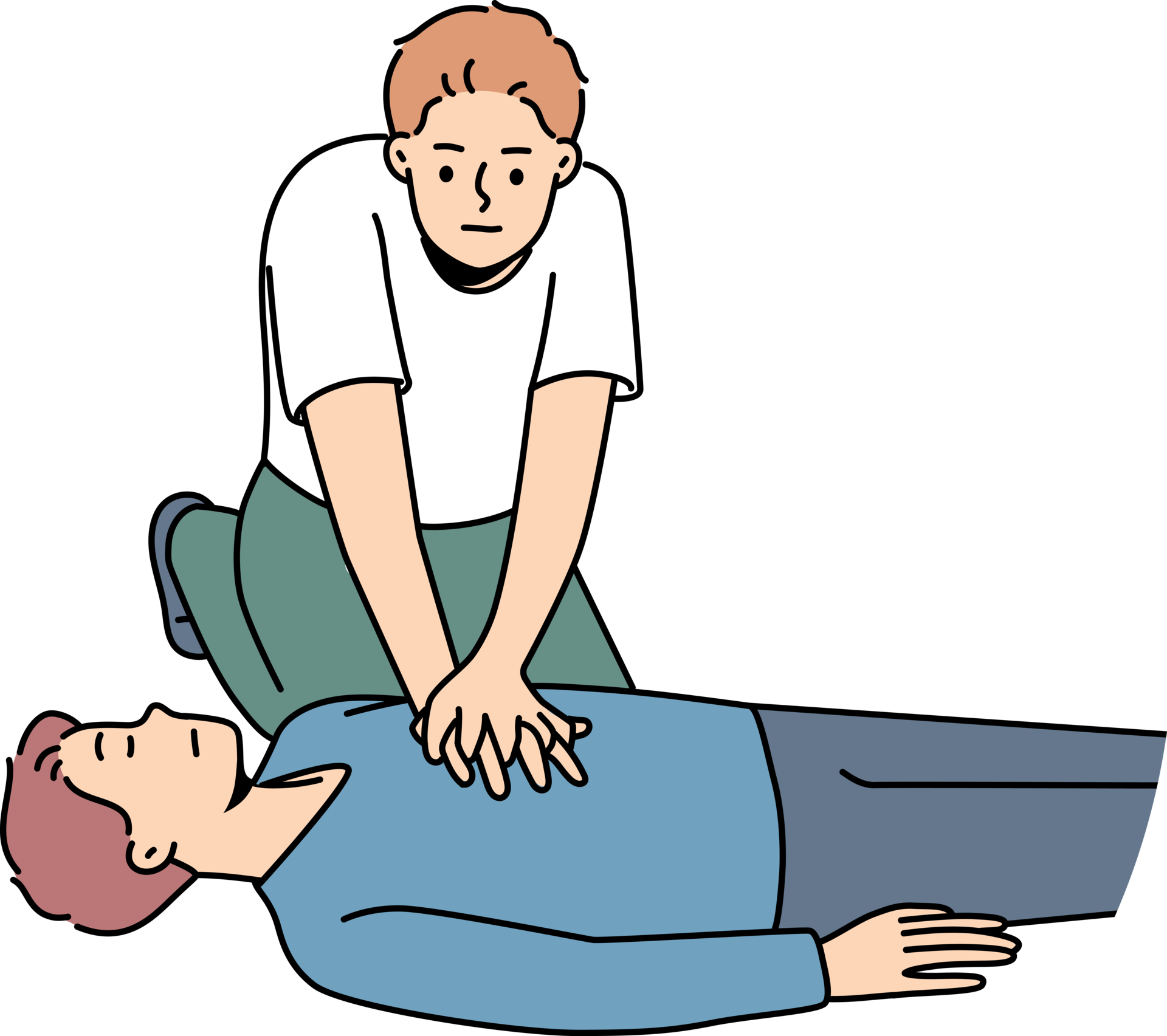CPR Basics
What is CPR?
Cardiopulmonary resuscitation (CPR) is a life-saving technique used in emergencies when someone's breathing or heartbeat has stopped. It is vital for people experiencing cardiac arrest, where immediate action can save a life.
Types of CPR
- Hands-only CPR: Involves calling for help and performing rapid chest compressions without rescue breaths.
- Traditional CPR: Alternates chest compressions with mouth-to-mouth breaths, providing oxygen to the body.
Importance of CPR
CPR performed within the first few minutes of the heart stopping can keep someone alive until medical help arrives. Hands-only CPR is recommended for untrained individuals.

Performing CPR
Steps for Hands-only CPR
- Survey the scene to ensure safety.
- Check for responsiveness by tapping the person and shouting.
- If unresponsive, call emergency services.
- Place the person on a firm, flat surface.
- Begin chest compressions at a rate of 100 to 120 compressions per minute.
- Continue compressions until help arrives or the person starts breathing.
Steps for CPR with Breaths
- Perform 30 chest compressions.
- Open the airway by tilting the head back and lifting the chin.
- Give two rescue breaths, ensuring the chest rises.
- Continue alternating between 30 compressions and 2 breaths.
Conclusion
Understanding CPR and being able to perform it can save lives. Regular training and practice are essential to stay prepared for emergencies.